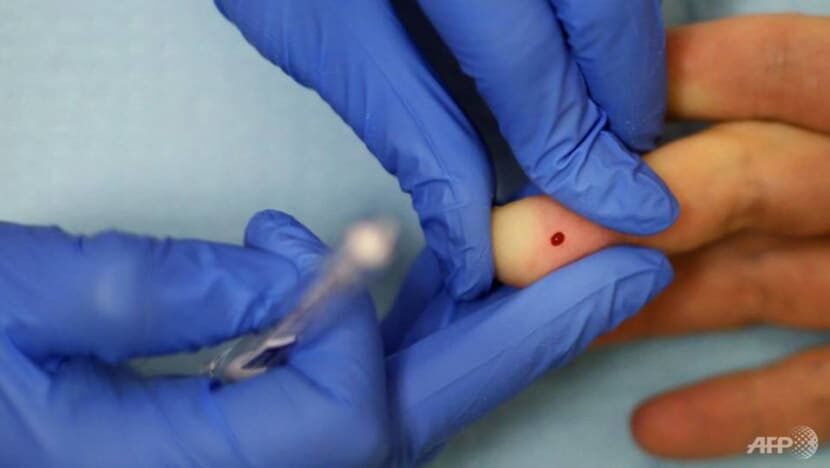
© Dean Lewins/AAPCaptain Shane Murdock: M. Aviation (Human Factors), (Swinburne University), Cert. Human Factors for Aviation Investigators, (ATSB), Cert. Air Accident Investigation, (Uni. So. California), Airline Transport Pilot Licence Holder for 42 years, Over 22,000 flying hours experience, Airline Captain 31 years, most recently for Virgin Australia for the past 20 years.
says the air industry is 'poised on the precipice of disaster'. A pilot for more than 40 years and a qualified air accident investigator, he has found official data that back up his claim of impending global catastrophe. He adds:
"When correlated, the data indicate there is an enormous problem that is having, and will have, a significant impact on aviation safety worldwide. There is enough evidence to be sending out red flags."
There have been many tragedies this year. Phil Thomas, a young graduate of the Cadiz, Spain, flight training academy, fell ill and died suddenly in April. There were five pilot incapacitations in March including a
British Airways pilot who collapsed and died in Cairo, Egypt not long before he was due to fly.
Pilots are super-fit, so why are so many dying suddenly or collapsing? Cpt Murdock concludes
they are suffering severe adverse reactions to the Covid-19 vaccinations, which has myocarditis (heart inflammation), brain fog, insomnia, blood clots and anaphylaxis as side effects.
He thinks some pilots are
ticking timebombs and claims many are not declaring ill-health. He said:
"They are not reporting brain fog, heart flutters and dizzy spells because they don't want to lose their jobs."













Comment: Meanwhile rates of syphilis and gonorrhea are reported to be spiking in other developed nations; could these spikes be a consequence of people becoming more promiscuous and lax following lockdowns, and/or could there be an added effect of the immuno-compromising experimental covid injections?